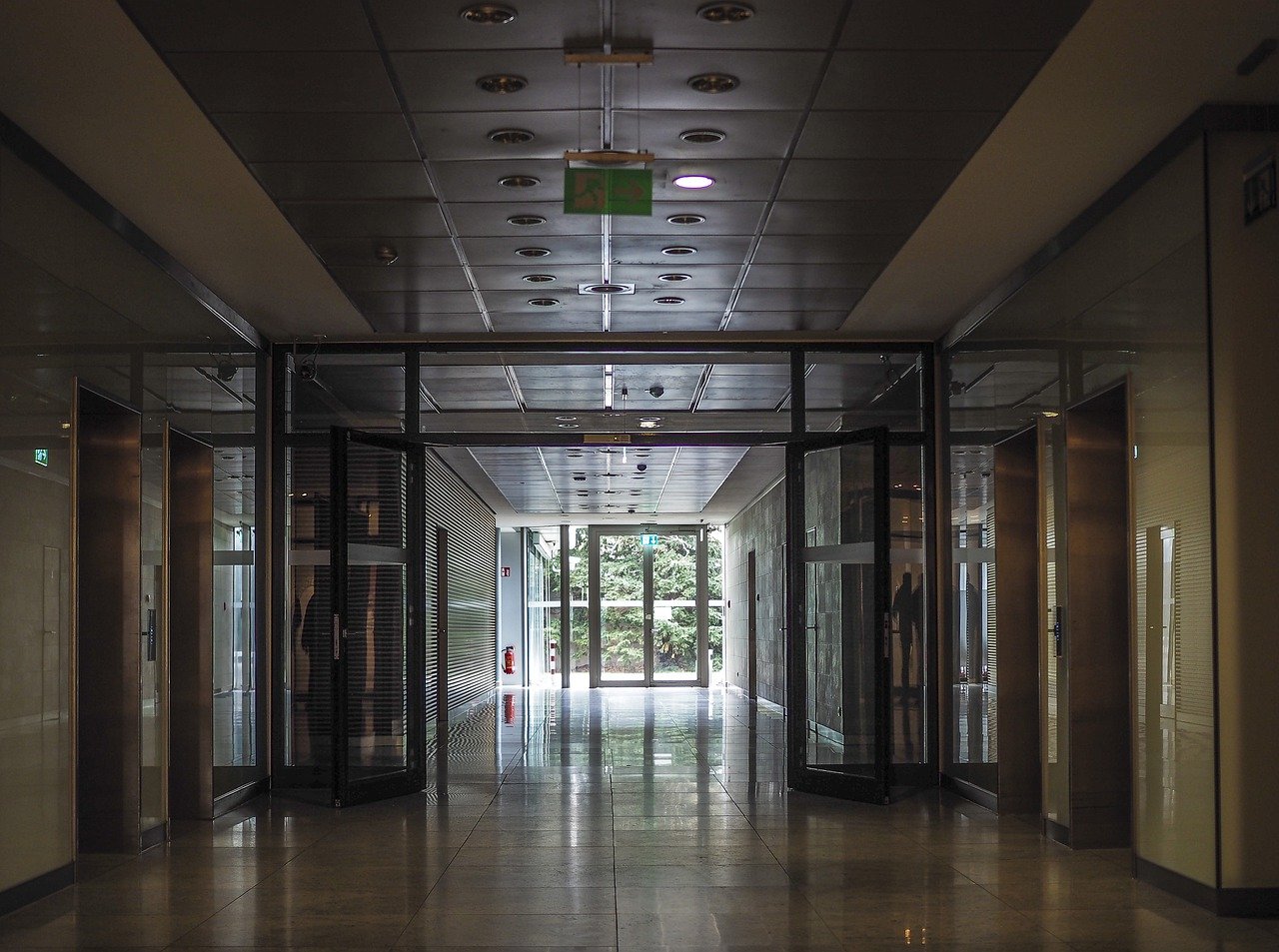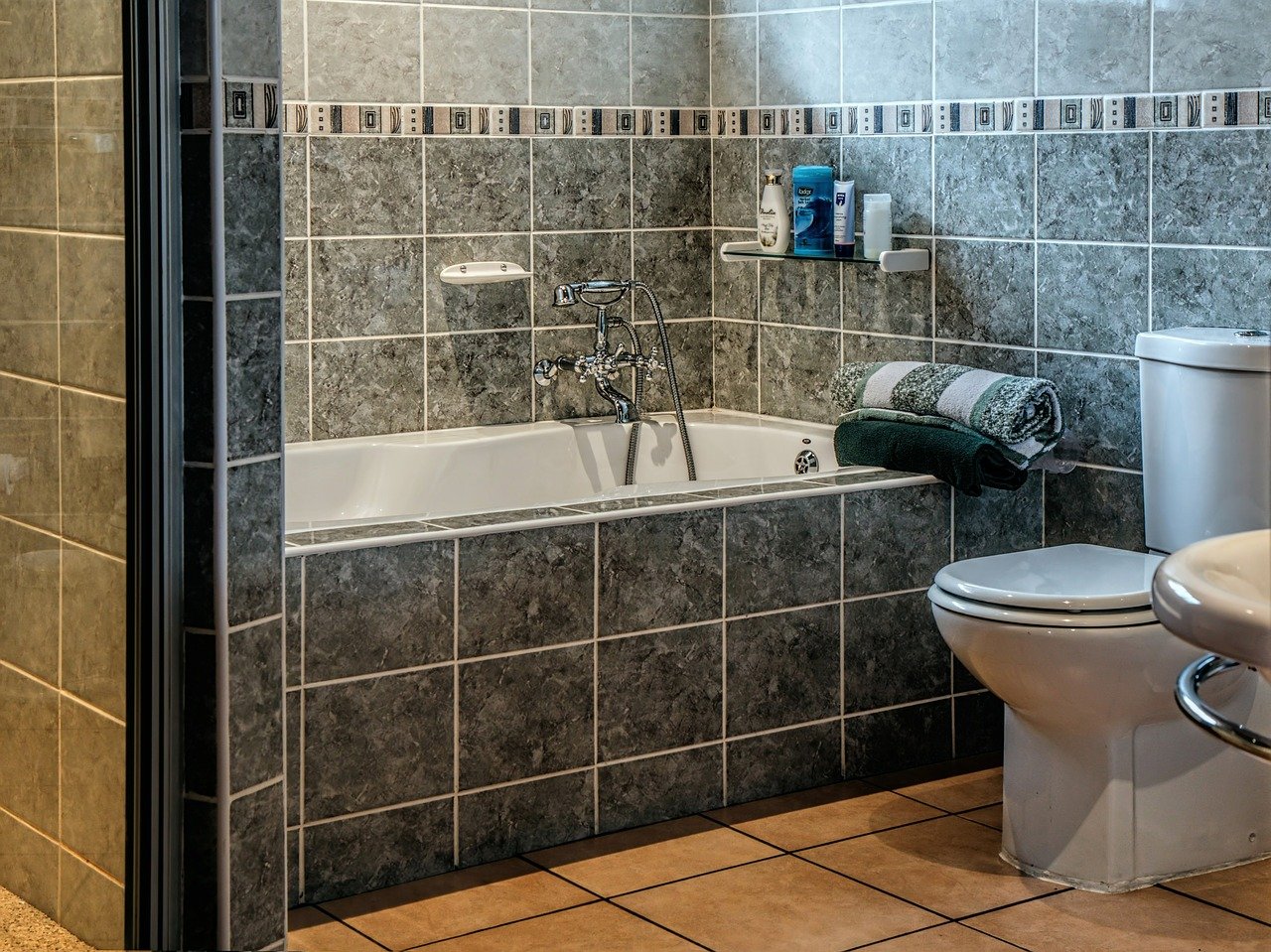How to Choose the Right Hardwood Flooring for Your Home

Selecting the perfect hardwood flooring for your home is a significant decision that impacts both the aesthetic appeal and functionality of your living space. Hardwood floors are timeless, durable, and add value to any property, but with so many options available, choosing the right one can feel overwhelming. This guide will walk you through the essential factors to consider, ensuring you make an informed choice that suits your style, budget, and lifestyle.
Understand Your Needs and Lifestyle
The first step in choosing hardwood flooring is to assess your household’s needs. Consider the level of foot traffic in your home. Do you have pets, children, or frequent guests? High-traffic areas like living rooms or hallways may require more durable wood species or finishes that resist scratches and wear. For instance, homes with active families might benefit from harder woods like oak or maple, which are less prone to damage.
Also, think about the climate in your area. In regions with fluctuating humidity, such as Brampton, hardwood flooring Brampton experts often recommend engineered hardwood. Unlike solid hardwood, engineered wood consists of multiple layers that provide greater stability against moisture and temperature changes, making it ideal for basements or areas prone to dampness.
Choose the Right Wood Species
Hardwood flooring comes in various species, each with unique characteristics in terms of hardness, grain patterns, and color. Here are some popular options:
- Oak: Known for its durability and classic grain patterns, oak is a versatile choice available in red and white varieties. Red oak has a warm, reddish tone, while white oak offers a more neutral palette.
- Maple: With a smooth, uniform grain and light color, maple is perfect for modern, minimalist interiors. It’s also one of the harder wood species, ideal for high-traffic areas.
- Walnut: This species features rich, dark tones and a luxurious appearance, making it a favorite for upscale homes. However, it’s softer than oak or maple, so it’s better suited for low-traffic areas.
- Hickory: Known for its dramatic grain and color variations, hickory adds a rustic charm and is extremely durable, making it suitable for busy households.
Each species has a Janka hardness rating, which measures its resistance to dents and scratches. For example, oak has a rating of around 1,200, while hickory exceeds 1,800, making it one of the toughest options available. Researching these ratings can help you match the wood to your home’s demands.
Solid vs. Engineered Hardwood
When selecting hardwood flooring, you’ll need to decide between solid and engineered options. Solid hardwood is made from a single piece of wood, offering a traditional look and the ability to be refinished multiple times. However, it’s more susceptible to warping in humid environments.
Engineered hardwood, on the other hand, consists of a thin layer of real wood over a plywood base, providing enhanced stability. It’s often more affordable and easier to install, especially in areas like basements. Both options have their merits, so your choice will depend on your budget, installation location, and long-term maintenance preferences.
Consider the Finish and Color
The finish and color of your hardwood flooring play a crucial role in defining your home’s ambiance. Finishes protect the wood and influence its maintenance needs. For example:
- Matte finishes: These offer a natural, understated look and hide scratches well, making them ideal for busy homes.
- Glossy finishes: These create a polished, elegant appearance but may show wear more easily.
- Oil-based finishes: These penetrate the wood for a rich, warm look but require more upkeep.
- Water-based finishes: These are eco-friendly, dry quickly, and maintain clarity over time.
When it comes to color, lighter woods like maple or ash can make small spaces feel larger and brighter, while darker tones like walnut or cherry add warmth and sophistication. Consider your existing decor and lighting to ensure the floor complements your overall design.
Evaluate Plank Size and Style
The size and style of the planks can dramatically affect the look of a room. Wide planks (5 inches or more) create a modern, open feel, while narrower planks (2-3 inches) lend a more traditional, classic vibe. You can also choose from various patterns, such as herringbone or chevron, for a custom, high-end look.
Additionally, consider the grade of the wood. Clear-grade wood has fewer knots and imperfections, offering a clean, uniform appearance. Select-grade or character-grade wood includes natural knots and variations, adding a rustic charm. Your choice depends on the aesthetic you’re aiming for and your budget.
Factor in Installation and Maintenance
Installation methods vary depending on the type of hardwood and your home’s structure. Solid hardwood typically requires nailing or gluing, while engineered hardwood often uses a floating or click-lock system, which is easier for DIY projects. For professional results, consult trusted providers like Best Tiles and Flooring, known for their expertise in delivering high-quality installations tailored to your needs.
Maintenance is another critical consideration. Hardwood floors require regular cleaning with a soft broom or microfiber mop and occasional refinishing to maintain their luster. Ask your supplier about recommended care products to keep your floors looking pristine for years.
Set a Realistic Budget
Hardwood flooring costs vary widely based on species, grade, and installation requirements. Solid hardwood tends to be pricier, ranging from $5 to $15 per square foot, while engineered options are typically $3 to $10 per square foot. Installation costs can add $3 to $5 per square foot, depending on the complexity. Factor in long-term value, as high-quality hardwood can last decades and boost your home’s resale value.
Sustainability and Sourcing
Eco-conscious homeowners should prioritize sustainably sourced hardwood. Look for certifications like FSC (Forest Stewardship Council) to ensure the wood comes from responsibly managed forests. Some suppliers also offer reclaimed or recycled hardwood, which adds character while reducing environmental impact.
Seek Professional Guidance
Choosing the right hardwood flooring involves balancing aesthetics, durability, and practicality. If you’re unsure where to start, professional advice can make all the difference. Contact us at Best Tiles and Flooring for personalized recommendations and expert installation services to bring your vision to life.
Final Thoughts
Investing in hardwood flooring is a decision that enhances your home’s beauty, functionality, and value. By considering your lifestyle, wood species, finish, plank style, and budget, you can select a floor that reflects your personal taste and stands the test of time. Take your time to explore options, consult professionals, and choose a floor that you’ll love for years to come.









